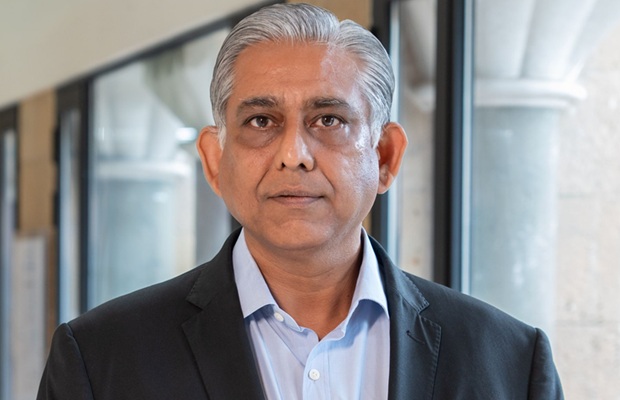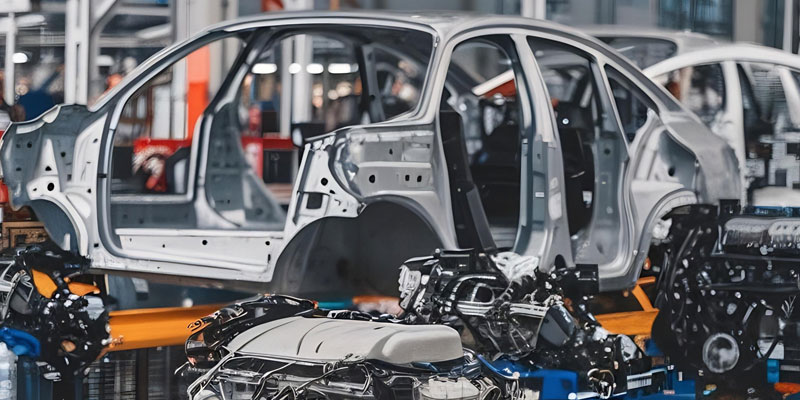Schedule a Call Back
Welding trends in India
 Industry News
Industry News- Jul 30,22
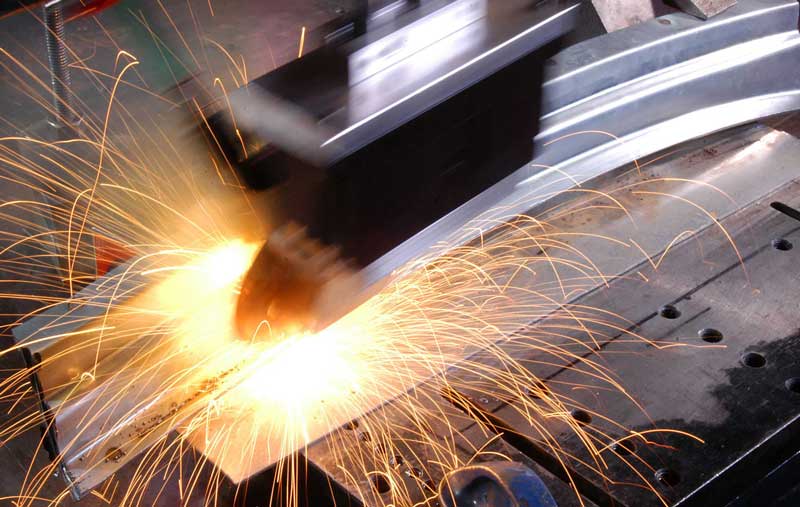
India has enjoyed one of the highest rates of GDP growth among leading nations and now it appears that the Indian government plans to continue this growth through manufacturing under the umbrella of the ‘Make in India’ campaign.
To meet the ambitious targets set by the government, manufacturing, as a percentage of GDP, will need to rise from accounting for 16% to 25%. While this target is challenging, it is believed to be possible to achieve and provides opportunities across a wide range of industry sectors.
The ‘Make in India’ initiative is pushing for change, innovation, and investment in new processes across Indian manufacturing, including with welding and joining technologies. However, at the same time, there are changes occurring in the industrial environments, such as with the use of new materials and the joining of dissimilar materials in the automotive and aerospace environments, where light-weighting is a constant goal. These advances have created a great deal of research and development, which India is now able to take advantage of.
Rather than having to invest in these advancing technologies, India can leap-frog many intermediate methods and invest in the latest state-of-the-art processes. For example, friction stir welding is a relatively new technique for India, but has been refined and developed for years in the UK and elsewhere.
While there are new processes being explored all the time, arc welding processes remain the primary source for materials joining. $13 billion of a total $18 global equipment market still comes from arc welding machines, while 80% of the welding undertaken in India are forms of arc welding. This is also borne out through the statistics at TWI, where Indian engineers and welders are by far the most frequent users of our arc welding information webpages. Nor is arc welding static when it comes to process improvements and developments, especially in the realm of combination methods such as hybrid arc welding.
Indeed, while spot welding use is on the decline and friction welding seems to have stable levels of use, arc welding, adhesives, mechanical fasteners and robotics are all seeing an increase in use.
It is not just the Indian government’s efforts to push home-grown manufacture that is helping the nation get ahead in industry. With 100 million jobs forecast to be created over the next 20 years in India, the country also has the workforce to meet the demand. Around 70% of the population is under 27 years old, meaning that India has the world’s largest resource of young people, with some 325 million people aged between 10 and 24.
With a young population comes an increased demand for training and education. However, India looks well-placed to meet this demand, with some 700 universities, 37,000 colleges and 11,500 stand-alone institutions.
As well as youth, another positive trend can be seen in the number of female engineers that are becoming qualified welders in India. The Women’s Engineering Society reported that just 15.8% of engineering and technology graduates in the UK are female, as opposed to over 30% in India. That said, 30% of female Indian engineering and technology graduates do not work in engineering after college.
Overall, India has an enviable number of young engineers, as compared to places like the USA, where the average welder is 54 years old and there are reportedly 200,000 less of them than required.
As a result, India’s welders are in demand around the world but, at the same time, the Indian government is keen to hold onto their skilled labour force so that they can deliver projects at home rather than heading overseas.
TWI currently trains 2,000 to 3,000 Indian students each year to meet the globally recognised CSWIP accreditation, with most of these skilled workers traditionally heading abroad. But, with lower oil process and other contributing factors, much of this skilled workforce is now staying in India.
Staying in India means that there needs to be enough work, but this is being aided by overseas companies investing in advanced manufacturing in India. Rolls Royce, GKN and BAE Systems are just some of the big names to have established significant engineering facilities in India so they can take advantage of the young engineering workforce.
India is now the world’s largest producer of small cars, while areas like construction, energy and component manufacture are also enjoying growth across India.
Of course, with this expansion comes a need to ensure best practice in welding procedures, which in turn creates more business for training providers and impetus for Indian welding research. This research is already filtering through to the wider engineering community with Indian institutions spearheading important developments in arc, electron beam, laser beam and solid state welding processes.
All of this is helping to create a drive to upskill the local workforce, as India boasts around 40 million SMEs, many of whom have welding capabilities. The ‘Make in India’ campaign needs to be supported by indigenous supply chains to provide access to components and materials, but again this issue is already being addressed.
Technology Transfer programmes are being planned to create not only certified welders, but certified supply companies in all industry sectors. British company, JCB, for example, now has a 98% indigenous Indian supply chain, which demonstrates a trend for Indian welding equipment makers to not just supply products but also provide associated training.
With the support provided by ‘Make in India,’ coupled with a skilled youthful workforce, the future of Indian engineering looks bright.
About the author:
Chris Wiseman is Corporate Sector Manager at TWI Ltd, for both the Aerospace and Equipment, Consumables & Materials sectors. He also has a specific geographic responsibility for TWI Industrial Members in India and in supporting TWI’s exciting growth there. TWI Ltd is a membership-based organisation, supporting both individuals and companies alike.
Related Stories

Raghu Vamsi launches DeepTech plant, Unveils UAVs India Asia
Raghu Vamsi Aerospace Group announced a new DeepTech facility near Hyderabad and unveiled six India-made UAV and autonomous defence systems, backed by over Rs 1 billion investment, strengthening sel..
Read more
Raghu Vamsi launches DeepTech plant, Unveils UAVs India Asia
Raghu Vamsi Aerospace Group announced a new DeepTech facility near Hyderabad and unveiled six India-made UAV and autonomous defence systems, backed by over Rs 1 billion investment, strengthening sel..
Read more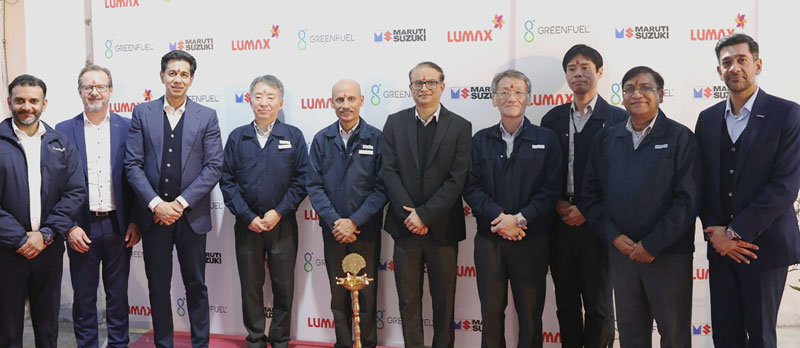
Greenfuel Launches Ferrule-less Tube Line to Boost Make in India
Greenfuel Energy Solutions opens a new ferrule-less tube line in Manesar, enhancing local manufacturing, technology transfer, and alternate-fuel vehicle support.
Read moreRelated Products

Hardy - Chassis Mounted Weighing Card for Rockwell PLCs
Kore Mechatronics Private Limited offers a wide range of
hardy - chassis mounted weighing card for Rockwell PLCs.
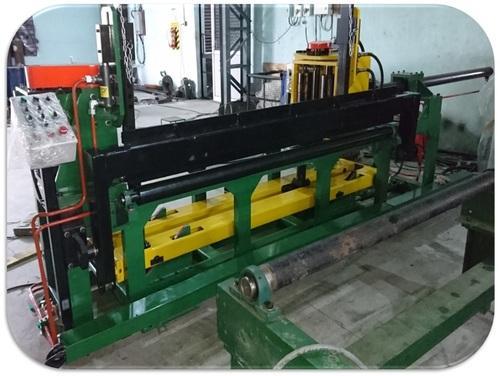
Tack Welding Machine
Invent Weld
Automation offers a wide series of tack welding machines.
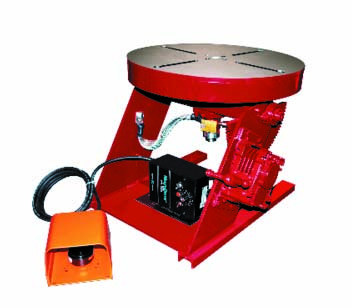
Bench Welding Positioner
Toss Weldtronics
offers a wide range of bench welding positioners.





